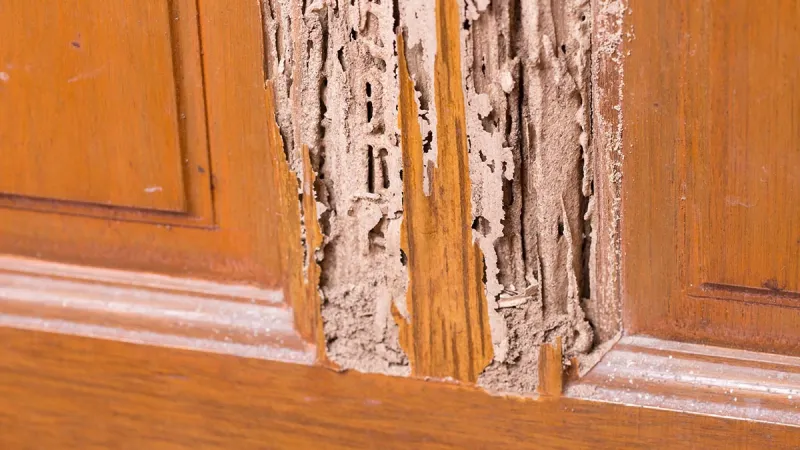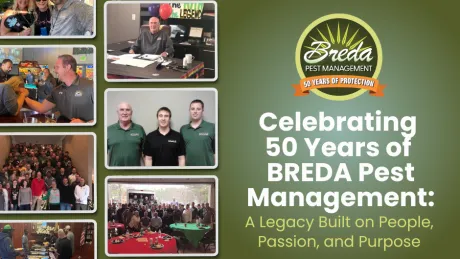
Unveiling the Diet of Termites: What Fuels These Silent Destroyers

Termites, often dubbed the silent destroyers, can cause extensive damage to properties, undetected until it's too late. Understanding what termites feed on is crucial for homeowners seeking to protect their investments. This article explores the dietary preferences of termites, shedding light on how and why they target homes and what measures can be taken to deter them.
The Basic Diet: Cellulose
At the heart of a termite's diet is cellulose, a complex carbohydrate and the main component of plant cell walls. Cellulose provides termites with the necessary nutrients for survival, making any cellulose-based material a potential food source. This includes:
Wood: The most well-known termite delicacy, wood's cellulose content makes it particularly vulnerable, especially if it's in contact with soil or in a state of decay.
Paper: Books, newspapers, and other paper products are susceptible to termite damage due to their cellulose content.
Cardboard: Being softer and often moist, cardboard can be an easy target for a termite colony.
Dead Plants: Accumulations of dead plants and trees can attract termites to your yard, potentially leading them to your home.
Understanding Different Termite Diets
While cellulose is a common denominator, different termite species have unique dietary preferences:
Subterranean Termites: The most destructive termite species in the United States, they primarily feed on softwoods but will consume hardwoods if necessary.
Drywood Termites: Preferring dry wood, they can be found in attic framings, furniture, and interior woodwork.
Dampwood Termites: As their name suggests, these termites prefer moist and decaying wood, often found in logs, stumps, and dead trees.
Formosan Termites: A type of subterranean termite, known for their aggressive feeding habits and can consume a wide variety of materials, including non-cellulose substances when necessary.
Why Homes Become Targets
Understanding termites' dietary habits illuminates why homes become targets. Factors include:
Moisture: Leaks and dampness create ideal conditions for termites, particularly for dampwood species.
Wood-to-Ground Contact: Wood that touches the ground provides easy access for subterranean termites.
Decay: Rotting wood from previous water damage is more susceptible to termite infestation.
Lack of Maintenance: Neglected homes may have undetected leaks, rot, and cellulose-based debris that attract termites.
Prevention and Control Strategies
Reduce Moisture: Fix leaks and ensure proper drainage away from the home's foundation to deter dampwood and subterranean termites.
Eliminate Wood-to-Ground Contact: Use metal stands for wood piles and ensure siding and wooden structures are at least six inches above the ground.
Regular Maintenance: Inspect your home regularly for signs of decay and repair damaged wood.
Professional Inspections: Annual termite inspections by professionals can catch early signs of infestation, saving homeowners from costly repairs.
Conclusion: Safeguarding Your Home
Understanding what termites feed on is the first step in safeguarding your home from these silent destroyers. By managing moisture, minimizing wood-to-ground contact, and maintaining the integrity of wooden structures, you can make your home less inviting to termites. Regular inspections and early intervention are key to preventing termite damage, ensuring the longevity and safety of your most valuable asset—your home.



